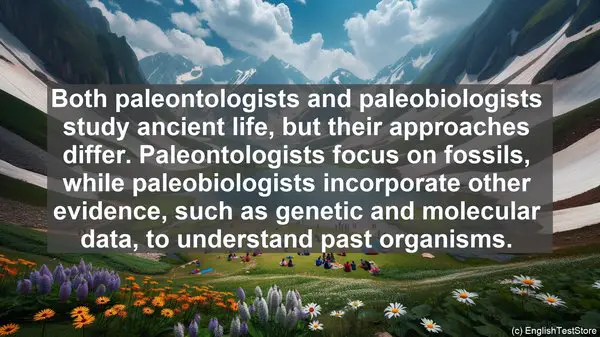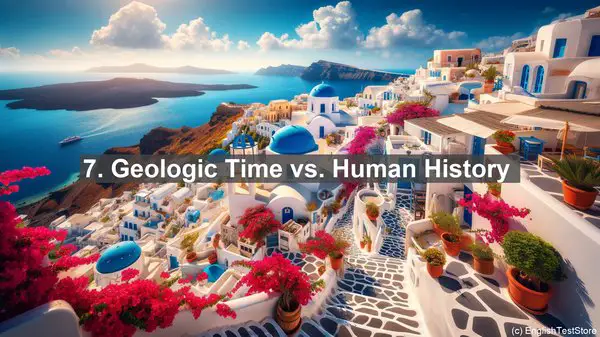Introduction: The Importance of Precise Language in Paleontology
Welcome to this lesson on the top 10 commonly confused words in paleontology. When it comes to studying prehistoric life, precise language is crucial. It ensures accurate communication and prevents misunderstandings. Let’s dive in!

1. Fossil vs. Fossilization
The term ‘fossil’ refers to the remains or traces of ancient organisms. On the other hand, ‘fossilization’ is the process by which organic material is transformed into a fossil. Remember, ‘fossil’ is the noun, while ‘fossilization’ is the verb.
2. Extinct vs. Endangered
While ‘extinct’ means that a species no longer exists, ‘endangered’ refers to a species that is at risk of becoming extinct. It’s important to differentiate between these terms, as they indicate different levels of population viability.
3. Paleontology vs. Archaeology
Though related, paleontology and archaeology are distinct fields. Paleontology focuses on the study of ancient life, while archaeology deals with human history through artifacts. Think of it as paleontology for organisms and archaeology for human cultures.
4. Herbivore vs. Omnivore
An ‘herbivore’ is an organism that primarily consumes plants, while an ‘omnivore’ has a diet that includes both plants and animals. Knowing these terms helps us understand the ecological roles and adaptations of different organisms.
5. Evolution vs. Extinction
Evolution refers to the gradual change in species over time, resulting in new forms. Extinction, on the other hand, is the complete disappearance of a species. These concepts are intertwined but represent different outcomes.
6. Paleontologist vs. Paleobiologist
Both paleontologists and paleobiologists study ancient life, but their approaches differ. Paleontologists focus on fossils, while paleobiologists incorporate other evidence, such as genetic and molecular data, to understand past organisms.
7. Geologic Time vs. Human History
When we talk about geologic time, we’re referring to the vast timescales of Earth’s history, often in millions or billions of years. Human history, in contrast, covers a much shorter span, typically measured in thousands of years.
8. Index Fossil vs. Indicator Species
An ‘index fossil’ is a species that existed for a relatively short period but was widespread. It helps in dating rock layers. ‘Indicator species,’ on the other hand, are organisms that provide insights into the health of an ecosystem.
9. Fossil Record vs. Living Fossils
The ‘fossil record’ is the cumulative evidence of past life preserved in rocks. ‘Living fossils’ are organisms that closely resemble their ancient relatives. They offer a glimpse into the past and the process of evolution.
10. Taphonomy vs. Paleoenvironment
Taphonomy is the study of how organisms decay and become fossilized. Paleoenvironment, on the other hand, deals with the ancient environmental conditions in which organisms lived. Both provide valuable insights into past ecosystems.

